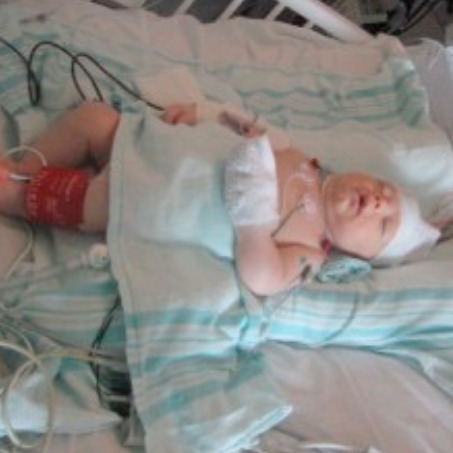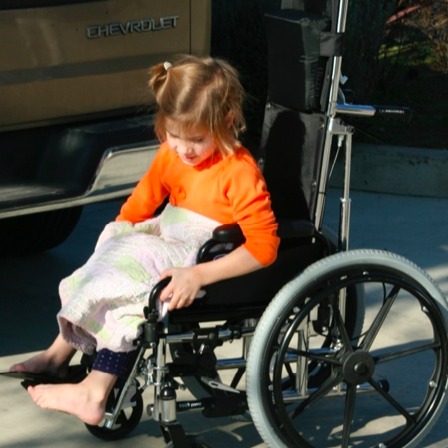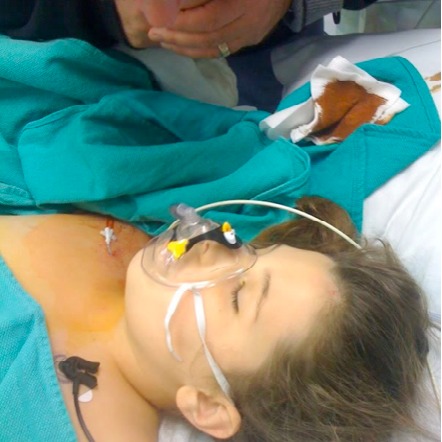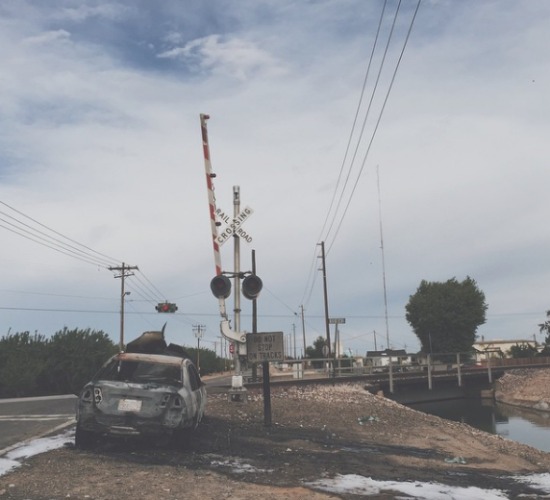Thanks for hanging in there with me. It has taken me a while to get to this post, but I'm finally to the place where I write about the culmination of my health issues and what led to my diagnosis of Type 2 Diabetes. My goal is to follow this post up with two final installments in this series where I share the details of changing my diet and exercise and how that finally beat diabetes and other health issues into submission. I encourage you to read along and get inspired.
FISHING AND DRINKING WITH MIGHTYJOE
In the summer of 2016, I thought I was starting to feel a little better. My blood pressure was under control with medication. The tumor in my sinuses had been removed. I was walking and hiking quite a bit. There were only two major things I was still dealing with daily. The first was the stress we experienced having the rug pulled out from under us every time we showed our unsold home to potential buyers. The second was the stress of parenting a large family, including two weddings and the daily management of a busy little brain-injured boy we like to call Mighty Joe.
People often ask us about Mighty Joe. I always say: "He's a busy little guy." Kendra follows up with: "There is no off-switch with Joe." At the end of last summer, I surprised him with his first fishing trip to the the CA Sierras. We spent eight hours fishing together and at the end of the day I suddenly got super thirsty. We ran into a little general store in the mountain town near the river and I quickly finished a large bottle of gatorade and an additional liter of water. Both of those did not satisfy my thirst at all. So, I was back in for more water. On the drive back to town, I stopped two more times for drinks. My thirst was insatiable.
I knew exactly what was going on. I had noticed and ignored a few other symptoms in prior months: The unquenchable thirst, the middle of the night trips to the bathroom to empty my bladder, and the multiple times I got shaky in the late afternoon. These are all the glowing neon signs of diabetes. On the way down the hill with Joe, I called my doctor and asked for a blood test. The next day I was sitting in the lab getting blood drawn. (At this point in the story, believe me when I say that I'm totally fine with needles and blood - it seems like every other week I'm getting poked for blood).
BLOOD LIKE SYRUP
This led to another time that I got a personal call from a doctor at home. He had the results from my blood tests. He said that my blood sugars were so high that if I cut myself I would see either caramel or maple syrup leaving my veins. Not only was it a great visual, but I was tempted to taste it and find out.
As I mentioned in the last post, I had begun to walk everywhere with my dogs and started to lose some weight. My blood test showed that the regular blood donations, exercise and weight loss had helped my liver numbers. All my high liver enzymes were well within normal levels again. My blood sugar was an entirely different story. Diabetes is diagnosed when your fasting blood glucose is above 100mg/dl and my blood test put me in the running for the president of the Undiagnosed Diabetes Club. (Note: The UCC is not a real club, but if there was one, I'd run the meetings and bang the gavel).
Blood Sugars Through The Roof!
The HbA1c is also listed and is another blood test that is used to determine how well you are controlling your blood sugars by taking a 3-month average. It is a better gauge than a single fasting blood glucose test. Once again, my high numbers indicated I was uncontrolled and I had been for a few months.
Look at the results, my levels were very high and out of control. In typical Fletch fashion, I was super nonchalant about my test results. Type 2 Diabetes? Psshaw! My parents had Type 2 diabetes. It seems like every other person I know has Type 2 diabetes. Afterall, I thought, it's not like I was diagnosed with Type 1. That's the bad diabetes. Type 2 was like Diabetes Jr. or Diabetes Lite. I compared Type 2 to Type 1 like I compared having the sniffles to lung cancer. All I had to do was eat a few less tacos, skip a soda now and then. If I could just make a few changes, I'd be back on the road to health in no time.
DIABETES 101
For those who don't really get it, I think this is a good place to pause and actually describe the differences between Type 1 and Type 2 diabetes. I'm going to make it simple
Again, diabetes is a disease of elevated and uncontrolled blood sugar. In a healthy body, every cell needs energy. Typically that energy comes when the food we eat is converted to sugar (glucose). The glucose then cruises around the blood stream and tries to get into every cell. But there is a problem! In order for the glucose in the blood to enter the cells of the body, it needs help. That help comes from a hormone called Insulin. Insulin is released by your pancreas and one of the things it does is to unlock the door to the cells, allowing glucose to go in and provide energy to the cell.
That was easy, right?
Now, if you have more sugar in your body than what it needs for energy (read: Krispy Kreme, Coke in a Bottle), then the body says: "Let's save this fuel for later when we might need energy!" Insulin kicks in again by converting the excess sugar in your liver as fat. Now the energy is saved in nice little fat molecules and that fat storage can be used later to release glucose back into the body whenever it needs it. So, insulin helps balance out blood sugar levels and keeps them in a normal range. Basically, as blood sugar levels rise, the pancreas secretes more insulin.
Type 1 Diabetes occurs when the pancreas stops making insulin altogether. Type 1 diabetics have NO INSULIN and they must inject themselves with insulin to help maintain their blood sugar and help the glucose get into the cells of the body.
Type 2 Diabetes occurs when the insulin being made by the pancreas STOPS working. The pancreas keeps making insulin, but the receptors on your cells become resistant to the insulin. So, your pancreas makes more insulin. For a while that works, but eventually your pancreas says enough is enough and the insulin is ineffective.
To review: Type 1: NO INSULIN, Type 2: INEFFECTIVE INSULIN.
Now, when you have too much glucose in the blood, it starts to thicken up (like caramel). Thick blood does not do well in tight spaces or small blood vessels. FYI, the really small blood vessels are found in the kidneys, the eyes, and the peripheral fingers and toes. That's why uncontrolled diabetics end up having kidney disease, blindness and the loss of toes, fingers and feet.
My point with all of this? We need to realize that ALL DIABETES sucks! Type 1 and Type 2 are both a result of a broken system. They can both lead to a shortened life span and further complications if you don't pay attention.
LIFE WITH A LITTLE PRICK
Back to my doctor. He added a few new items to my health care strategy: First, I left his office with a new prescription (500mg Metformin 2x/day). I also was the proud owner of a brand new blood glucose monitor with enough test strips and tiny needles to test my blood twice a day. Metformin (or glucophage) has been used to control diabetes for many years. It seems like every other patient I meet is taking this medication. I willingly took the medication and just assumed this was my new normal.
Likewise, I learned to poke my finger 2x/day with a tiny needle device. It took me a week or so to get used to the snapping mechanism I used to prick myself. It's still a bit weird, but if you are reading this blog and wondering about this. It is NO BIG DEAL.
Here's what I didn't know. Many times, Metformin is only the beginning. If blood sugars are not controlled, you are prescribed more and more medication and finally you begin taking insulin injections. It's a downward slope and if I wasn't careful I was ready to wax my skis and head straight down to the lodge.
HIGH NUMBERS AND A NEW ROUTINE
So, off I went popping pills and checking my blood daily. It was disappointing how erratic my numbers were and I could never really get them in the range of "normal." Each time I poked and checked I would get depressed as the numbers climbed. I began asking every type 2 diabetic dental patient about their numbers, I quizzed them about medication and testing. Everyone was all over the map. Either they were very concerned or they were horribly inconsistent. Some took oral meds, some took insulin, and a few were doing neither and just controlling it with diet and exercise.
It wasn't until a conversation with my friend Eric that I began to understand the whole blood sugar process much better. His son has Type 1 diabetes and he shared what he had learned from his son's diabetes education. His encouragement to get serious and his instructions on how and when to test my blood sugar were really the key to turning everything around for me.
Simultaneously, I received a gift from a patient named Judi. She is also a Type 1 and she gave me a book called, The Born Again Diabetic. It is a fantastic book written by a diabetes educator. It was this book where I learned to test my blood sugars multiple times/day and figure out how my body responded to the food I ate. So I began to test 6x/day and track the effect food had on my blood glucose. It became like a science experiment and I logged everything.
SHOCK AND STEROIDS
In regards to the stress I blogged about in an earlier post, one of the best things to happen last year was the sale of our home and our move over the holiday season. On the night before our big move, I paused to show Kendra my cool Corona Extra beer sign I had kept since college. As I plugged in the neon sign and grabbed the transformer, I discovered there was an electrical short. The electricity caused me to clamped down and I could not let go as the electric shock surged through my body. Kendra stood back and I prepared myself to meet Jesus as I shook violently. Thankfully, my screaming and shaking caused me to break my grasp and I ended up with a quarter sized hole burned in one hand and achy shoulders from the muscle clamping that occurred during the shock.
Eight weeks later I was still having shoulder pain and the orthopedic surgeon I visited recommended a cortisone injection in my shoulder. I agreed. The cortisone provided a small amount of pain relief, but it also sent my blood sugars through the roof. No matter what I did, I could barely get my glucose numbers below 175-180. Here's my point, I knew all of this because I had become so good at testing my numbers regularly. If nothing else, I had the gift of consistency and follow-through.
THE QUEST BEGINS
When people ask what happened, what clicked and how did I reverse my diabetes, I point to a few things.
First, I was motivated internally. I just wasn't satisfied with my ability to control my blood sugar and by the time I learned that there were +1500 feet amputated each week in the US, I decided that I liked my feet. So, I hit a wall and decided enough was enough.
Second, with the advice of a functional medical practitioner, I dove into a huge lifestyle change. I overhauled my diet and lifestyle. I understood it was not going to be exercise alone. In fact, I had learned that the ratio was really closer to 80% diet and 20% exercise.
Third, I had the help from others. Kendra was my dietary and relational support and she quickly got behind me. I also had other middle aged maniacs making huge life changes. Actually, there is an entire Facebook group of support friends. (Thanks Scott, Amie and Laura for the motivation!).
In the next post, I will put hands and feet to the theory and explain how diet and exercise helped to revers many disease markers in my body!
Quietly making noise,
Fletch
READ THE WHOLE SERIES
Introduction
PART 1: Middle Age Status
PART 2: Fatty Liver Disease
PART 3: Ironman Is Here
PART 4: Hypertension
PART 5: Bloody Noses and a Tumor
PART 6: Stress and Depression
PART 7: Diagnosis: Diabetes!
PART 8: Get Out and Get Walking!
PART 9: Kicking Sugar to the Curb!













